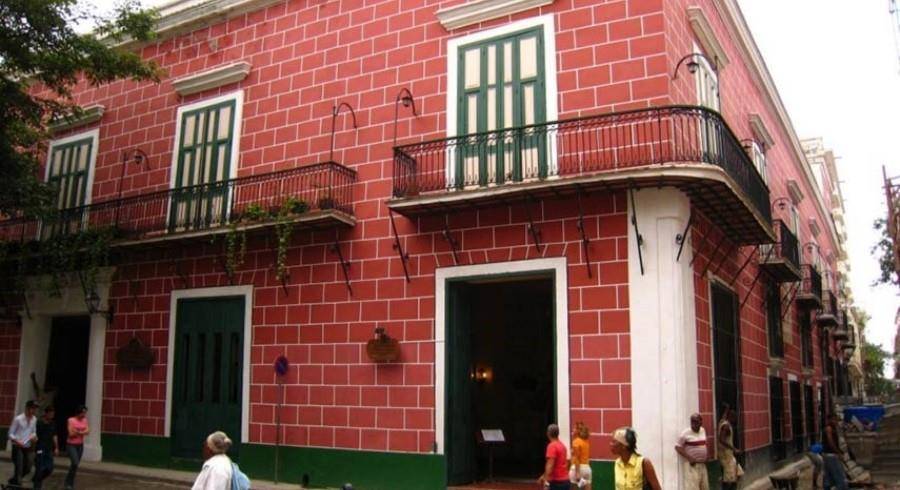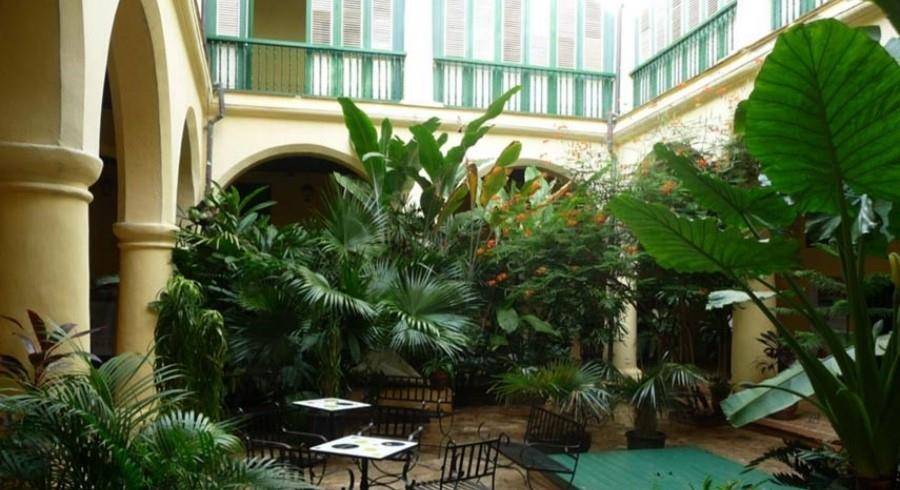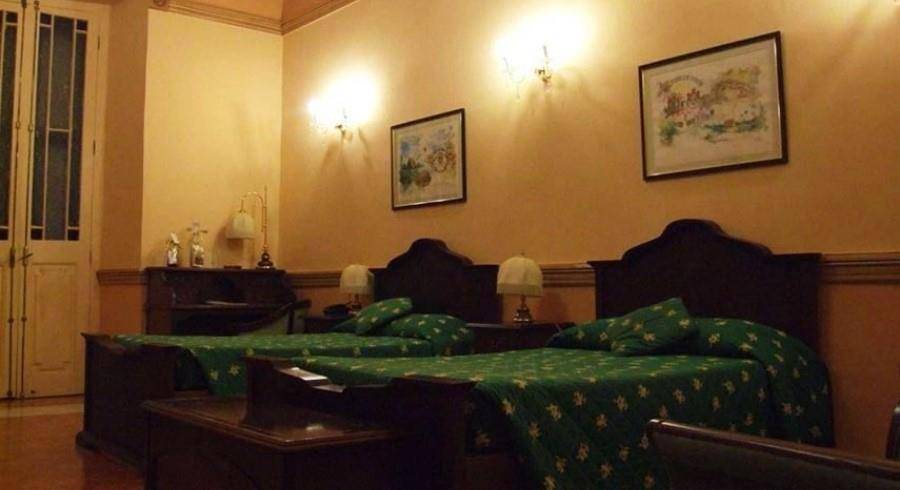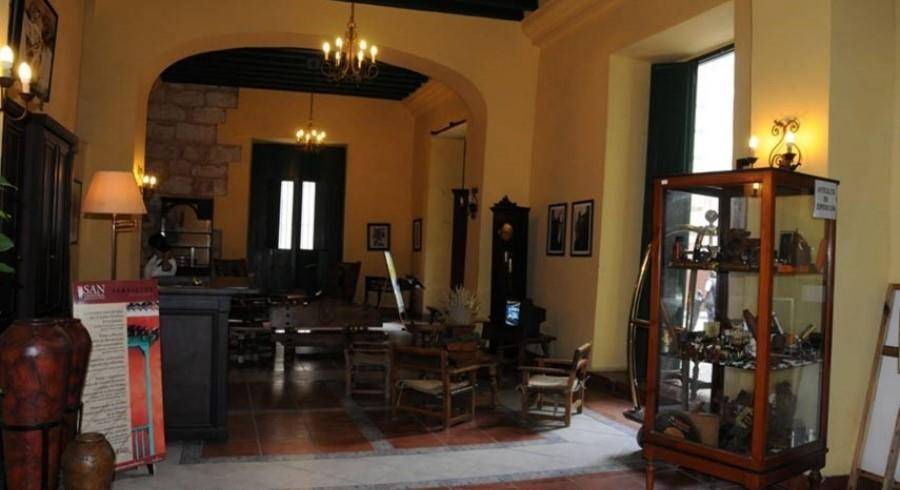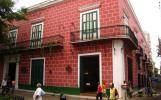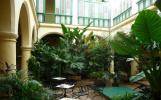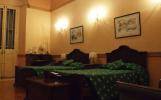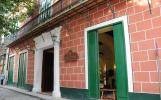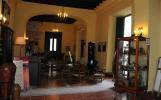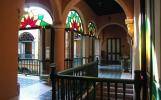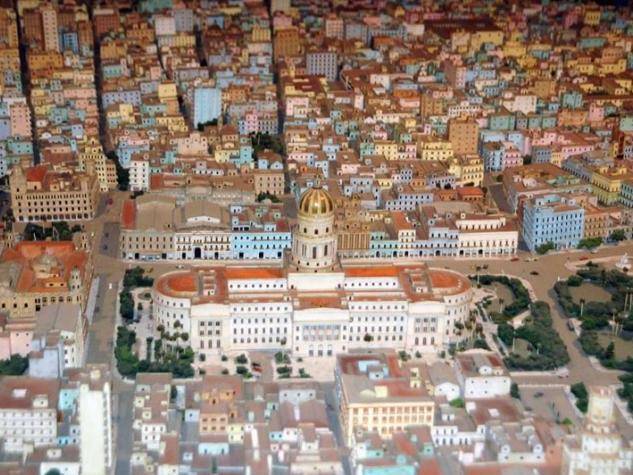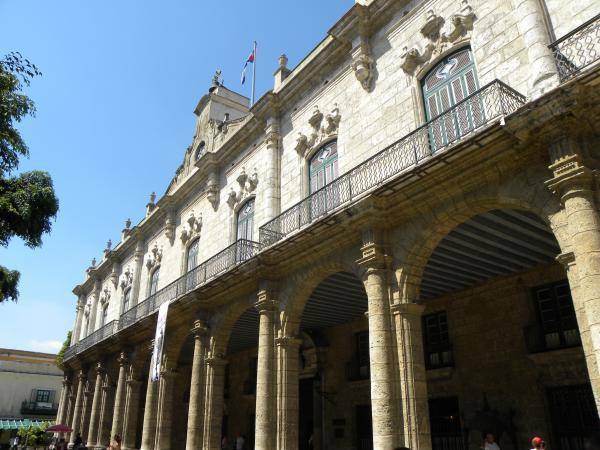
Palace of the Captains-General (City Museum)
Currently the venue of the Office of the Historian of Havana, the palace was built in 1776 and has been given several functions: official residence of the Spanish governors of the island from 1781 to 1899 and of the presidency of the republic from 1902 to 1920. The City Museum currently occupies part of the sumptuous halls with permanent exhibition of arts and history of the colonial times and of the beginnings of the 20 th century. The museum exhibits valuable treasures such as: the first Cuban flag, personal effects of the heroes of Cuba: Jose Martí, Máximo Gómez and Antonio Maceo together with a priceless collection of colonial furniture, carriages and other works of art.

